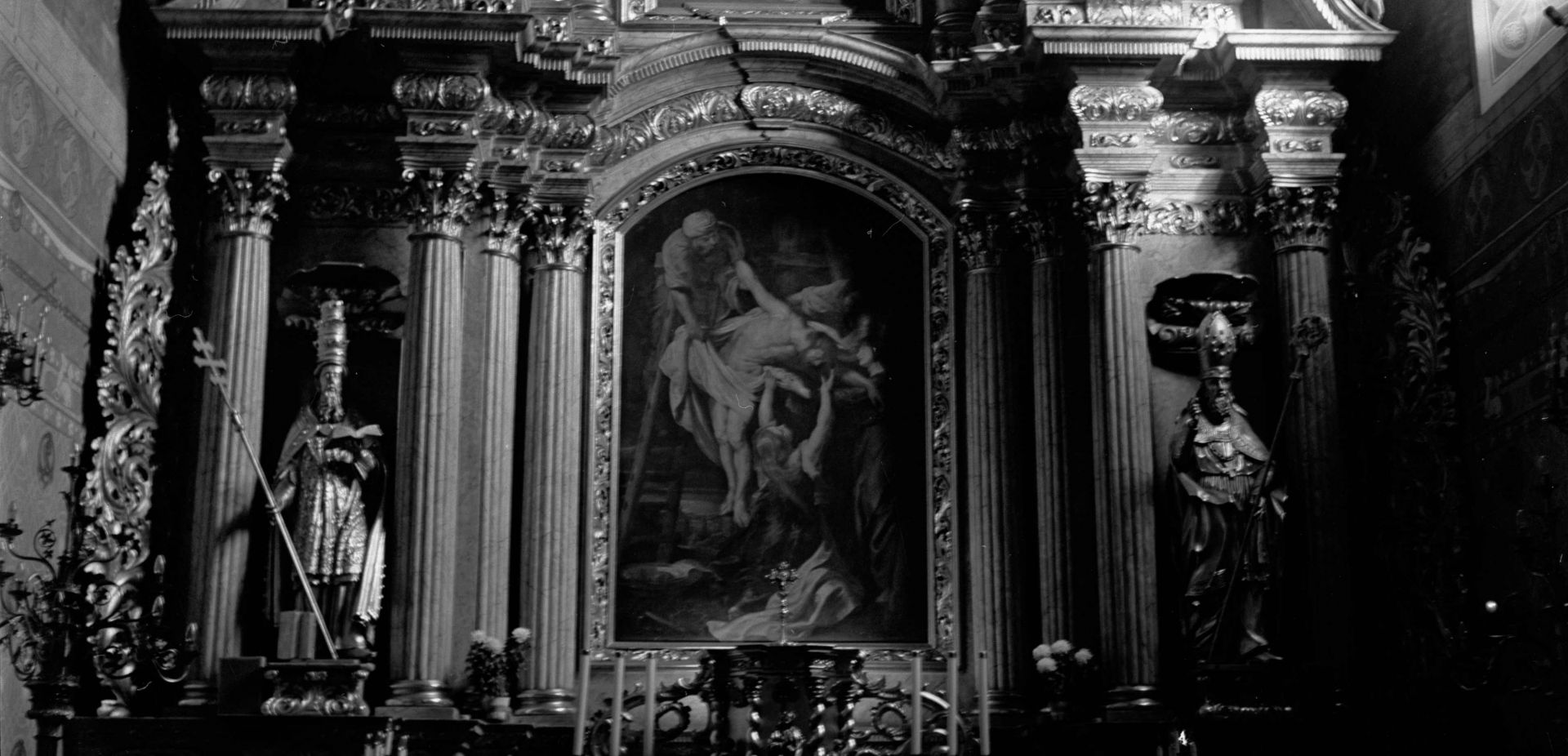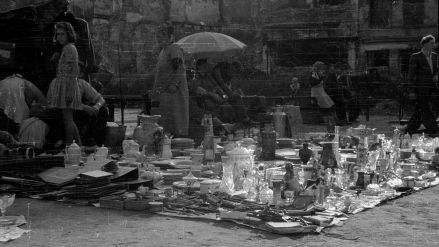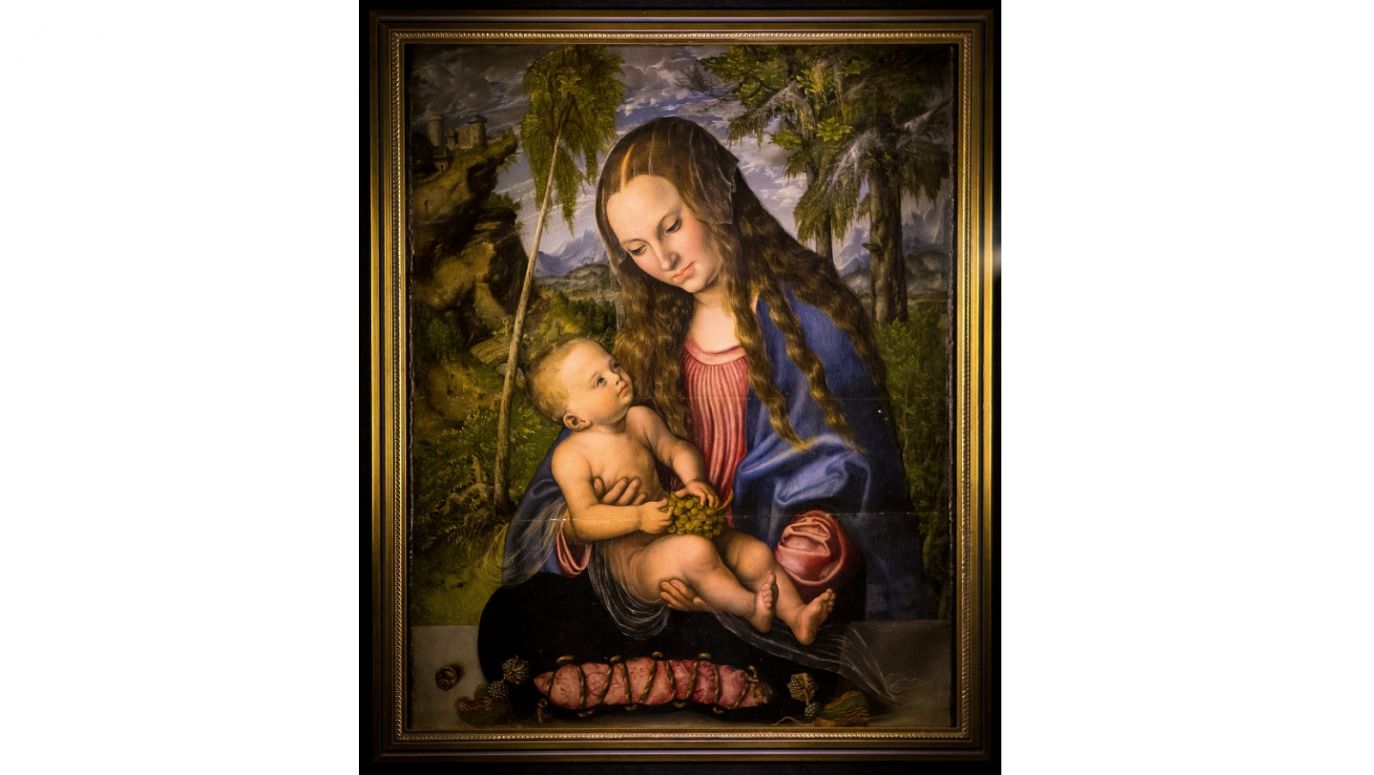He claimed that three men were behind the theft. First, the picture was cut out of the frame. Then, using a controlled explosion, the perpetrators destroyed the frames of the stolen painting and started a fire in the place where it was located. The canvas was rolled up and transported by car to Warsaw. From there, in order to confuse the trail, through Ostrołęka and Świnoujście, it went to Stockholm. Presumably, from the Swedish capital, it was transported to London and sold at an auction for 400,000 dollars.
Investigators once again carefully examined the circumstances of the case. In a note of April 6, 1978, sent to the director of the office for combating economic crimes of the Citizens’ Militia, a request was made to initiate operational reconnaissance. What’s more, when explaining the fire in Kalisz, information about several organized crime groups was found.
One specialized in circulating significant amounts of counterfeit currency. The other in human smuggling. The third was an international gang based in Austria and Switzerland – this organization was involved in arms trade (with African and South American countries), drugs and antiquarian items. In the procedure, it used cars of international forwarding companies. Antiques were transported in trucks, closed after customs clearance, across the border of the People’s Republic of Poland to Ystad or through Czechoslovakia to Austria.
It was revealed that in mid-August 1973, gang members smuggled, from Wrocław, an antiquarian painting, a tabernacle, a valuable collection of coins and a peasant’s trunk. The landscape, the tabernacle and the chest were sold to an antiquarian in Munich. The coins were handed over to the gang boss. Investigators also investigated whether these smugglers had also taken Lucas Cranach’s painting “Madonna under Firs” from Poland. And since at least two of the gang members were East German citizens, their case was handed over to the East German prosecutor’s office. However, the militiamen did not come across any trace of the painting from Kalisz.
***
To this day, it is not known what happened to “The Descent from the Cross” by Rubens - perhaps the painting actually burned down. It is worth mentioning, however, that the expert opinions from the 1970s were not perfect. In addition, electrifying information appears on the art market from time to time that a work by Rubens from Kalisz is for sale. Apparently, in 1993 in Vienna it was offered to a Polish collector. So there was a suspicion that it was an attempt to conduct a survey on the possible ransom that the Polish Church could pay for the recovery of the work.
– Małgorzata Borkowska
– Translated by Dominik Szczęsny-Kostanecki
TVP WEEKLY. Editorial team and jornalists
Sources:
Włodzimierz Kalicki, Monika Kuhnke „Sztuka zagrabiona 2: Madonna znika pod szklanką kawy”; chapters: „Madonna znika pod szklanką kawy”; „Królowa morza pod ziemią”
Akta IPN „Bu_0_1255_253/D” str (pagination consistent with file marks: 2634-2657; 2667-2669; 2672-2679, 2682-2888, 2713, 2718-2719; 2745-2746; 2752-2753)„Fałszerstwa oraz przemyt znaków pieniężnych i dzieł sztuki w Polsce” – materials of the scientific symposium of the Feliks Dzierżyński Higher School for Officers of the Interior Ministry; chapters: „Geneza i formy przemytu dóbr kultury w Polsce w latach 1945-1986” ; „ Ochrona dóbr kultury w PRL”;
„Straty muzeów, straty zabytków”; Zaginione, poszukiwane dobra kultury (1973); Krótka historia obrazu P.P. Rubensa „Zdjęcie z krzyża” (https://stratyzabytkow.nimoz.pl/?p=3172)
Michalina Peruga „Lucas Cranach starszy: Madonna pod jodłami”; website niezła sztuka

 SIGN UP TO OUR PAGE
SIGN UP TO OUR PAGE
 The experts of this very “bureau” transported Rubens’ work back to Kalisz, meanwhile incorporated to the III Reich. The painting ended up in the town hall. After the war it returned to the altar of the church. It could be admired till the unlucky night. What really happened in Kalisz on December 13/14, 1973?
The experts of this very “bureau” transported Rubens’ work back to Kalisz, meanwhile incorporated to the III Reich. The painting ended up in the town hall. After the war it returned to the altar of the church. It could be admired till the unlucky night. What really happened in Kalisz on December 13/14, 1973?





